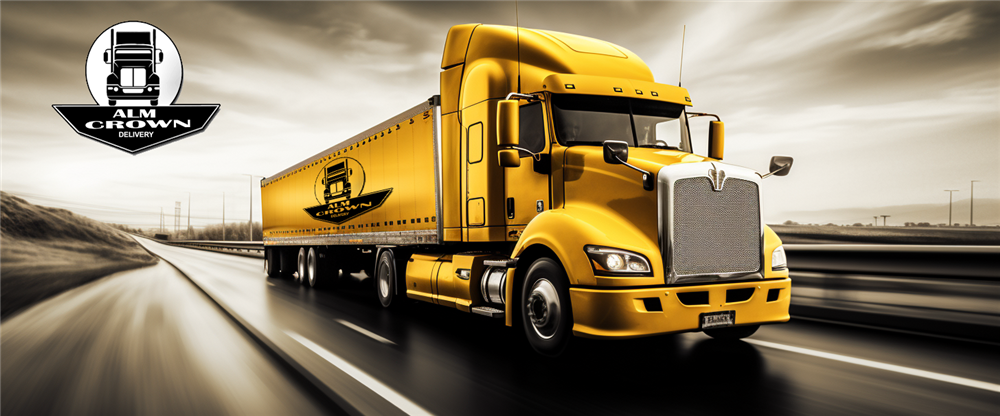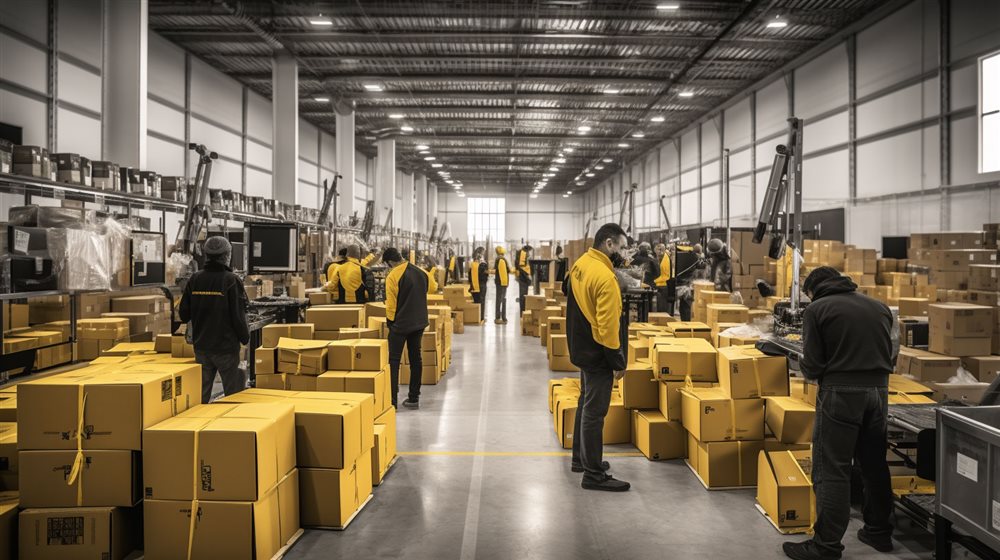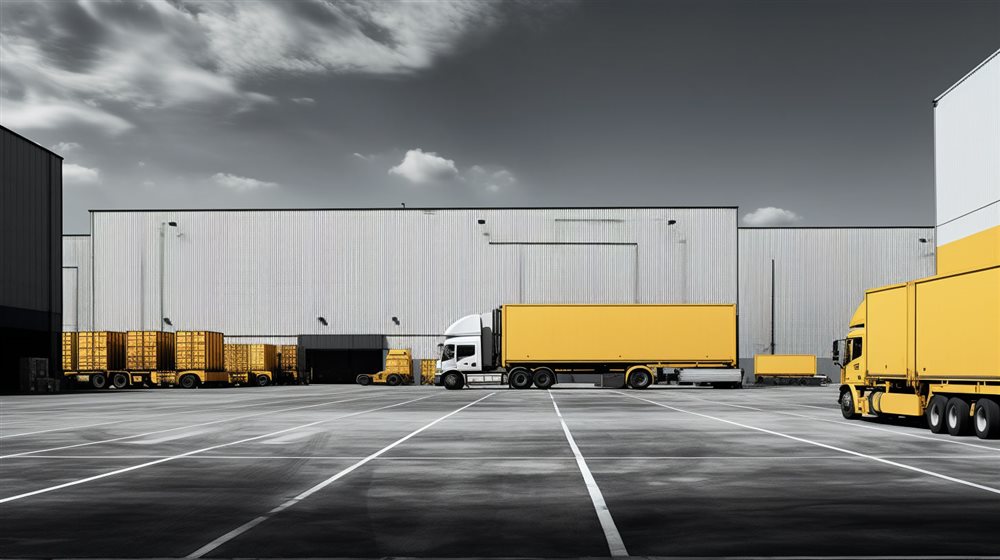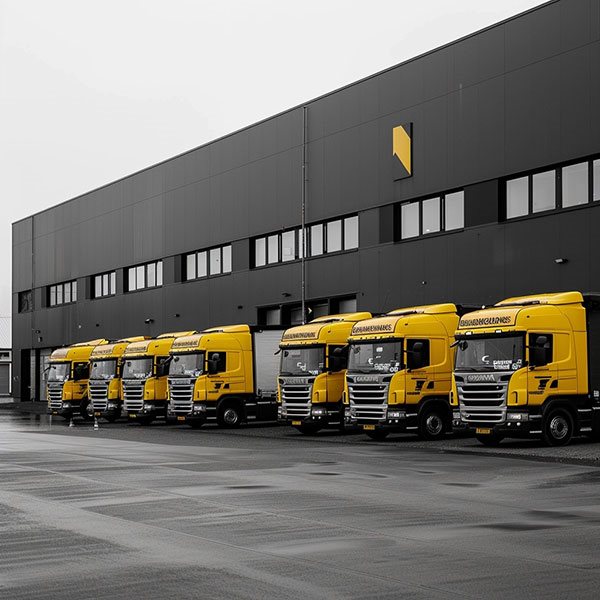In Canada, the use of forklifts is integral to the operations of logistics companies. These powerful vehicles enhance efficiency in material handling but also pose significant safety risks if not operated correctly. Recognizing this, Canadian safety regulations for forklift operation are stringent and meticulously enforced. This article aims to shed light on these regulations and the institutions responsible for their oversight.
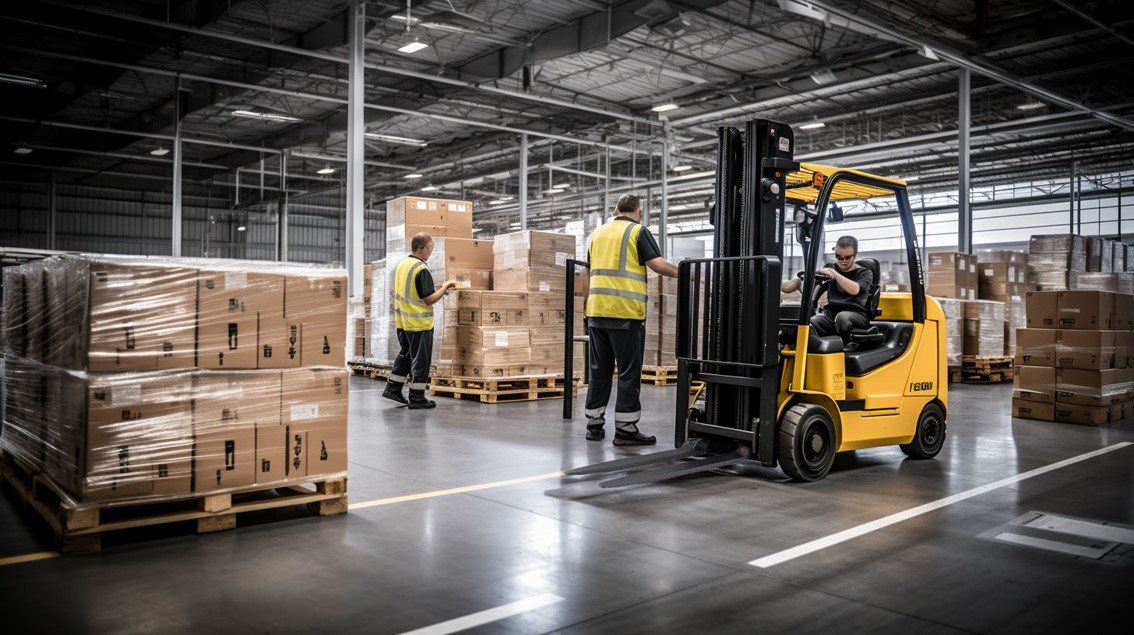
The Importance of Forklift Safety
Forklift accidents can lead to severe injuries or fatalities, besides causing damage to goods and infrastructure. Ensuring the safety of forklift operations is not just a regulatory requirement but also a critical aspect of workplace safety and productivity.
Canadian Safety Regulations for Forklifts
The regulations governing forklift safety in Canada are detailed and specific. While there are overarching federal regulations, each province and territory may have additional rules and guidelines.
Federal Regulations
At the federal level, the Canada Labour Code and regulations managed by Employment and Social Development Canada (ESDC) set out the general principles for forklift safety, applicable to all industries across Canada. These include:
- Training and Certification: Operators must be adequately trained and certified to handle forklifts.
- Regular Maintenance: Forklifts must be regularly inspected and maintained in safe working condition.
- Safe Operation: There are clear guidelines on the safe operation of forklifts, including speed limits, load capacities, and operating procedures.
Provincial and Territorial Regulations
Each province and territory in Canada has its own occupational health and safety agency, which may impose additional requirements on top of federal regulations. For instance:
- Ontario: The Ministry of Labour, Training and Skills Development enforces the Occupational Health and Safety Act, which includes specific regulations for industrial establishments.
- British Columbia: WorkSafeBC provides detailed guidelines for forklift safety, including operator training and incident reporting.
- Quebec: The Commission des normes, de l'équité, de la santé et de la sécurité du travail (CNESST) oversees workplace safety, including the operation of forklifts.
Institutions Overseeing Forklift Safety Regulations
Employment and Social Development Canada (ESDC)
ESDC is the primary federal body responsible for enforcing the Canada Labour Code's provisions. They ensure that workplaces under federal jurisdiction comply with the safety standards set for forklift operations.
Provincial and Territorial Safety Authorities
- WorkSafeBC in British Columbia, Alberta Occupational Health and Safety, and others: These agencies are responsible for enforcing safety regulations, including those related to forklifts, within their respective jurisdictions. They offer resources, conduct inspections, and can impose penalties for non-compliance.
Canadian Standards Association (CSA)
While not a regulatory body, the CSA sets standards for various aspects of operations, including forklift operation. Many of their standards are referenced in provincial regulations and form the basis for best practices in the industry.
Key Aspects of Forklift Safety Regulations
- Operator Training and Certification: Comprehensive training covering operational skills, safety knowledge, and hands-on experience is mandatory. Certifications are often required to be renewed periodically.
- Regular Inspections and Maintenance: Daily or pre-shift inspections of forklifts are required to identify and rectify potential hazards like hydraulic leaks, tire condition, and the functionality of safety devices.
- Safe Operating Procedures: Guidelines include proper load handling, maintaining stability, and adhering to designated speed limits and traffic regulations within the facility.
- Workplace Safety Planning: Logistics companies must design their workspaces to accommodate safe forklift operation, including clear signage, designated forklift lanes, and adequate space for maneuvering.
- Incident Reporting and Investigation: In case of an accident involving a forklift, companies are required to report it to the relevant authorities and conduct thorough investigations to prevent future incidents.
The Role of Logistics Companies in Ensuring Compliance
Logistics companies in Canada play a crucial role in complying with these regulations. This involves:
- Providing Adequate Training: Ensuring all forklift operators are properly trained and certified.
- Regular Safety Audits: Conducting periodic audits to ensure ongoing compliance with safety standards.
- Maintaining Equipment: Keeping the forklift fleet in top condition through regular maintenance.
- Fostering a Safety Culture: Promoting a workplace culture where safety is a priority, encouraging reporting of hazards, and continuous learning.
Forklift safety is a critical component of the logistics industry in Canada. Adhering to the comprehensive safety regulations set forth by federal and provincial authorities not only ensures compliance but also fosters a safer and more productive working environment. As logistics continues to be a backbone of the Canadian economy, prioritizing forklift safety will remain a key focus for companies aiming to maintain high standards of operation and employee welfare.
